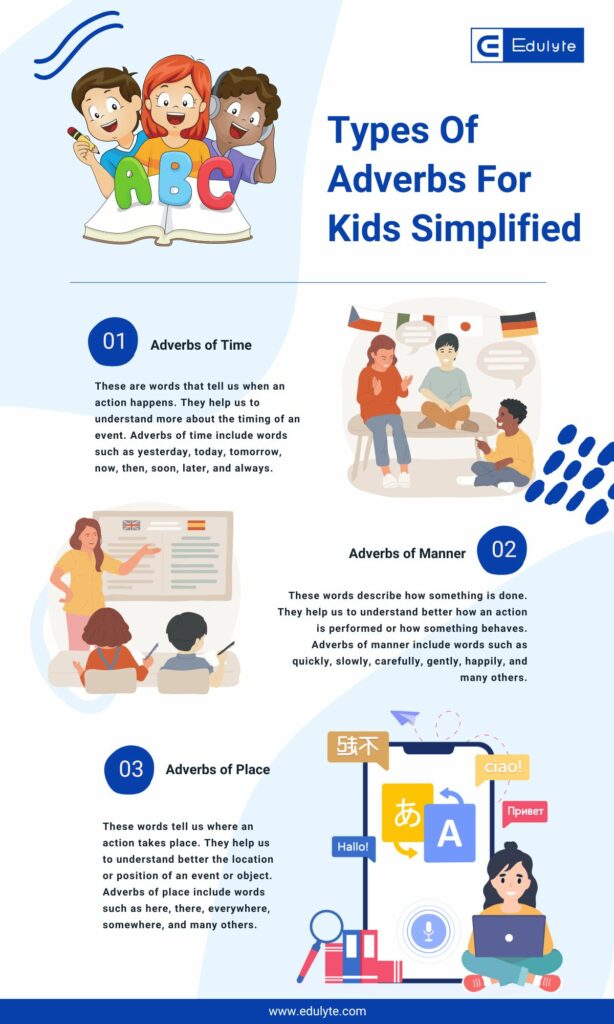
Possessive Noun
Phonetics:
pəˈzesɪv
naʊn
Pronunciation:
The Power of Possession: Understanding Possessive Nouns in English
Comprehensive Definition, Description, Examples & Rules
Introduction to Possessive Nouns
The English language relies heavily on the concept of possessive noun to denote ownership and connections between nouns. We can say that something belongs to someone or something else by adding the possessive form to a noun. For efficient communication, it is crucial to comprehend possessive nouns. In this post, we will explore the nuances of possessive nouns and discover how to use them correctly in sentences.
A unique grammatical form known as a possessive noun denotes possession or ownership. They alter nouns to show who or what owns something. These nouns are created by altering the original noun by adding an apostrophe (‘s) or, in certain circumstances, only an apostrophe. For instance, “John’s car” denotes ownership of the vehicle by John. Possessive nouns are frequently used to indicate a specific term’s connections, possession, and characteristics.
Importance of Possessive Nouns for Indicating Ownership and Relationships
In a phrase, possessive nouns reveal important details regarding connections and ownership. They assist us in making connections between individuals, things, and concepts. We may express clearly who owns or controls something by using possessive nouns. For instance, the phrase “the dog’s collar” suggests that the dog is the collar’s unique owner. Possessive nouns are proper in correctly describing possession and connections because of their level of detail and clarity.
Definition of Possessive Noun
A possessive noun is a special kind of noun that indicates possession or ownership. It is created by ending the noun with an apostrophe (‘s) or, occasionally, just an apostrophe. Possessive nouns are primarily used to modify other nouns, showing who or what the owner or possessor of the term being changed. One can detect ownership and comprehend the connections between various phrase aspects by carefully examining possessive nouns.
In English, possessive nouns play an essential function in indicating ownership. A noun is said to belong to a particular person, animal, thing, or concept when its possessive form is added. This makes it easy to determine who or what is the actual owner or possessor of the noun. For instance, “The student’s book” denotes ownership of the book by the student. Possessive nouns are essential for clarifying and streamlining our language.
Explanation of How Possessive Nouns Modify Nouns to Indicate Possession
Possessive nouns modify other nouns to signify possession. They achieve this by adding an affix to the word to indicate ownership or belonging. We connect the word being changed and the owner by giving it the possessive form. Thanks to this adjustment, we can better comprehend the ownership link between the two pieces. The possessive noun “company’s” modifies the noun “profits” in the phrase “The company’s profits,” for instance, to denote that the firm owns the profits.
Examples of Possessive Nouns
Let’s examine some instances to clarify how to utilize possessive nouns:
- A cat toy was absent.
- Sarah has a lovely home.
- The infant’s blanket felt cozy.
- The group deservedly triumphed.
Possessive nouns are used to express ownership and connections in these examples. They enable accurate communication by clarifying who or what owns the word in the issue.
Forming Possessive Nouns
Specific requirements must be followed when using singular and plural nouns to form possessive nouns. The primary guideline is to show possession by adding an apostrophe (‘s) to singular nouns. For instance, “the dog’s bone” denotes ownership by the canine. The sole addition to a plural noun that already ends in -s, however, is an apostrophe (‘), as in “The students’ textbooks.”
Explanation of Apostrophe Usage in Forming Possessive Nouns
Possessive nouns are created by using apostrophes, which are essential. When creating a single noun’s possessive form, we add an apostrophe and the letter “s” (‘s). This shows that the noun is endowed with some property. such as “The Girl’s Toy.” However, to indicate possession when creating the possessive form of plural nouns that already end in -s, we just add an apostrophe after the pre-existing -s. An example of possessive noun might be “The Boys’ Bicycles.” When showing possession, proper apostrophe usage guarantees correct and understandable communication.
Using Possessive Nouns in Sentences
Possessive nouns are frequently employed to describe ownership and connections in phrases. They are adaptable to different sentence forms and settings. Let’s examine a few instances to demonstrate their application:
- I got a new automobile for my sister.
- The company’s CEO disclosed the new item.
- The crowd loved John’s presentation.
- The cat’s eyes sparkled in the shadows.
Possessive nouns in these phrases clarify and deepen the description by expressing ownership or the relationship between the nouns. This aids the reader or listener in comprehending the precise intricacies of the topic.
Common Mistakes with Possessive Nouns
Possessive nouns are essential to English grammar, although they may be tricky to employ correctly. Misusing apostrophes or wrongly constructing possessive nouns are frequent errors. Think about the following advice to steer clear of these mistakes and strengthen your language ability:
- Make care to express possession with an apostrophe (‘s) for single nouns.
- Only apostrophize (‘) plural nouns that already have a -s ending.
- Make sure your possessive nouns are appropriate in possessive nouns worksheets showing ownership or connections by checking it twice.
By being aware of these frequent errors, you may improve your communication skills and prevent misunderstanding when using possessive nouns.
Importance of Possessive Nouns
Effective communication heavily relies on possessive nouns. They enable us to succinctly and precisely convey ownership and connections. Communication needs to be clear, and possessive nouns make that possible. We may reduce ambiguity and improve comprehension of who or what owns or has something in a statement by correctly employing possessive nouns. Using possessive nouns improves our language proficiency and aids in efficient communication.
Example Sentences with Possessive Nouns
Here are some further examples of phrases that employ possessive nouns to emphasize their versatility further:
- Mary is to be commended for her commitment to her work.
- The playground was resounding with children’s laughter.
- The personnel of the firm were crucial to its success.
These illustrations highlight the many applications of possessive nouns in writing and speech. They serve as an example of how possessive nouns may be used to convey connections and ownership.

Transform Your English Skills
Free sign-up for a personalised dashboard, learning tools, and unlimited possibilities!
Sign up Now
Key Takeaways
- Possessive nouns denote possession or ownership.
- Common grammatical errors to avoid include mixing up “its” and “it’s,” missing the apostrophe and “s” for possessive nouns in the singular, and adding “s” for nouns in the plural.
- Three letters form possessive nouns:’s for single nouns, an apostrophe for plural nouns ending in “s,” and plural nouns not ending in “s.”
Quiz
Question comes here
Frequently Asked Questions
The rules for constructing possessive nouns are as follows: for single nouns, add’s at the end (e.g., “dog’s bone”); for plural nouns ending in “s,” add just an apostrophe (e.g., “dogs’ bones”); and for plural nouns not ending in “s,” add’s at the end (e.g., “children’s toys”).
When expressing ownership of a singular noun (e.g., “John’s car”), use the possessive form (‘s), and when expressing ownership of a plural noun (e.g., “the dogs’ kennels”), follow the guidelines previously established.
Singular nouns with a “s” at the end are an exception, and you can use either an apostrophe or an’s (for example, “James’s car” or “James’ car”). “Children’s toys” or “people’s opinions” are examples of possessive nouns that don’t require an extra “s” since they are already plural (e.g., “children,” “people”).
Nouns in the possessive case denote ownership or possession. They demonstrate who or what something belongs to (for instance, “Mary’s house”). Possessive nouns offer information to other nouns in phrases (for example, “the book’s cover” or “the company’s CEO”).
Common errors with possessive nouns to avoid:
- Mixing up the possessive “its” and the contraction “it’s” (which stands for “it is” or “it has”).
- Forget affixing “s” and an apostrophe to possessive singular nouns.
- Adding an apostrophe and a “s” (use only the apostrophe) to plural nouns ending in “s.”


